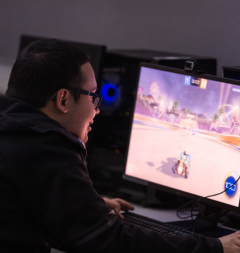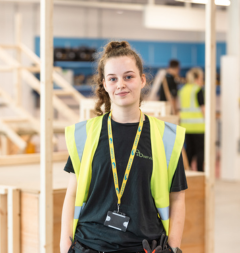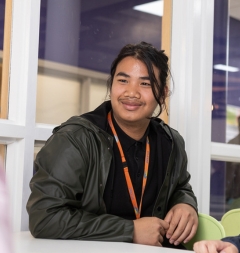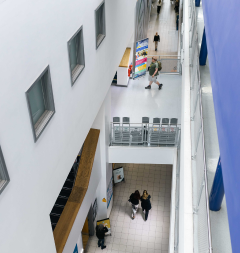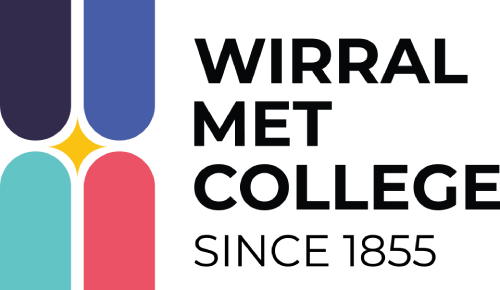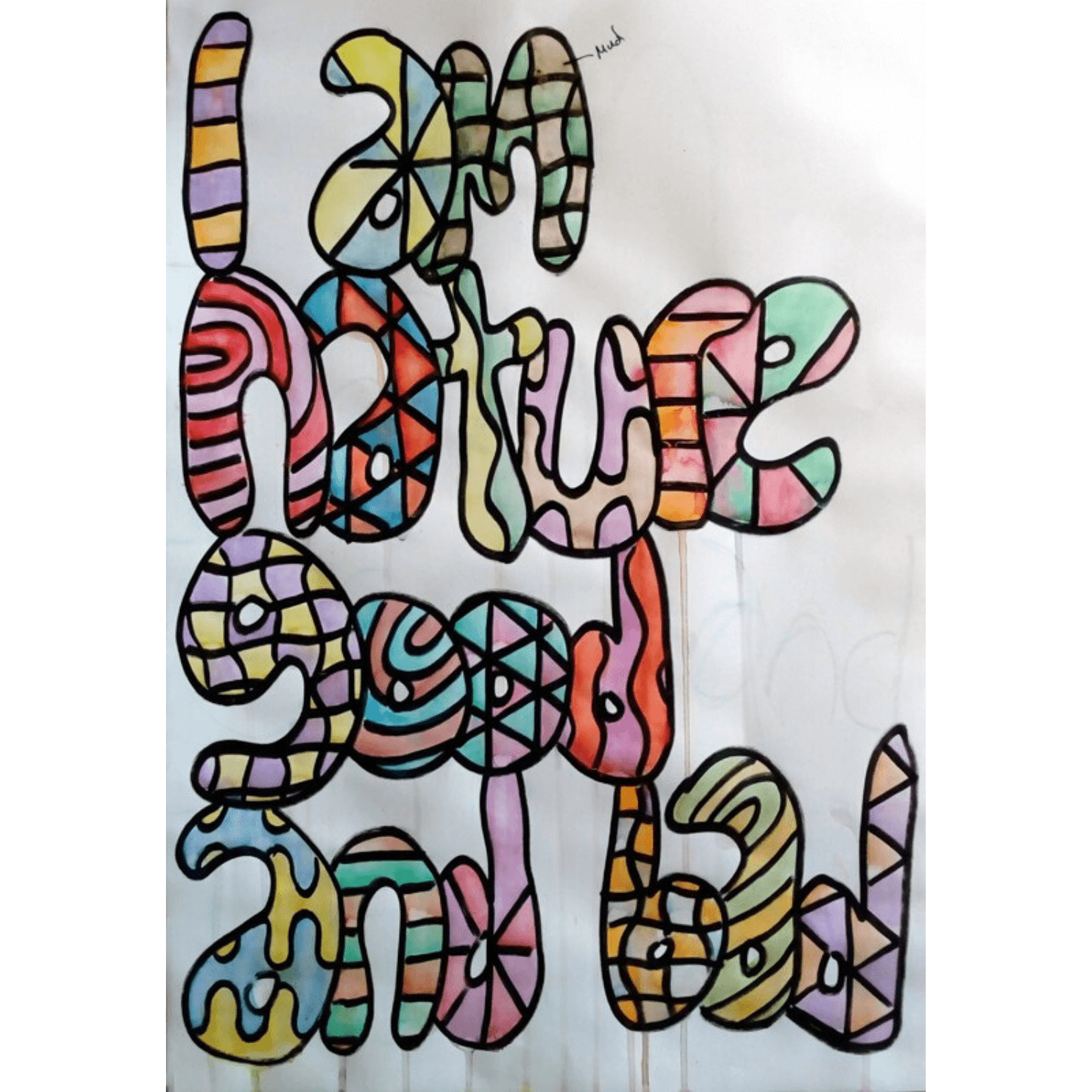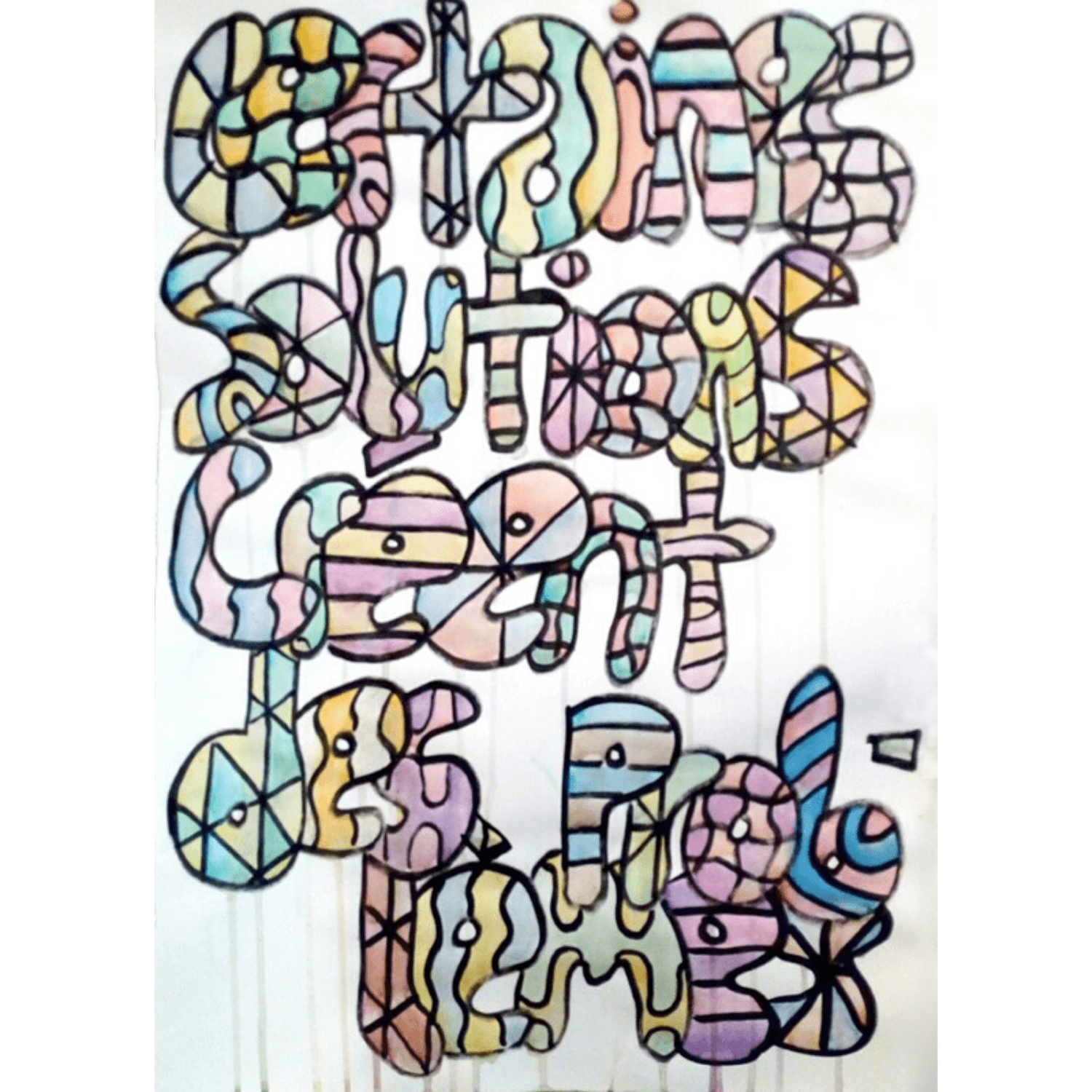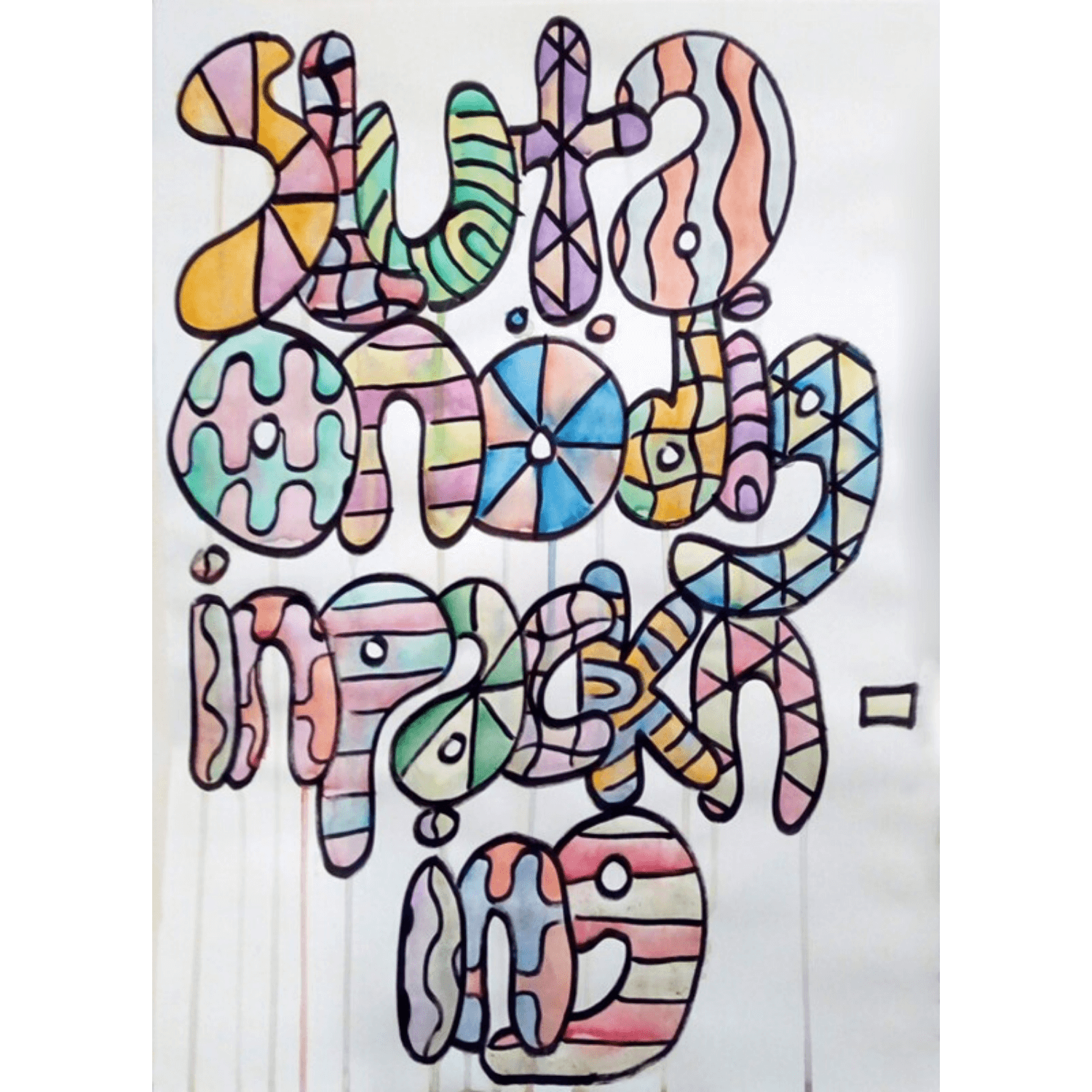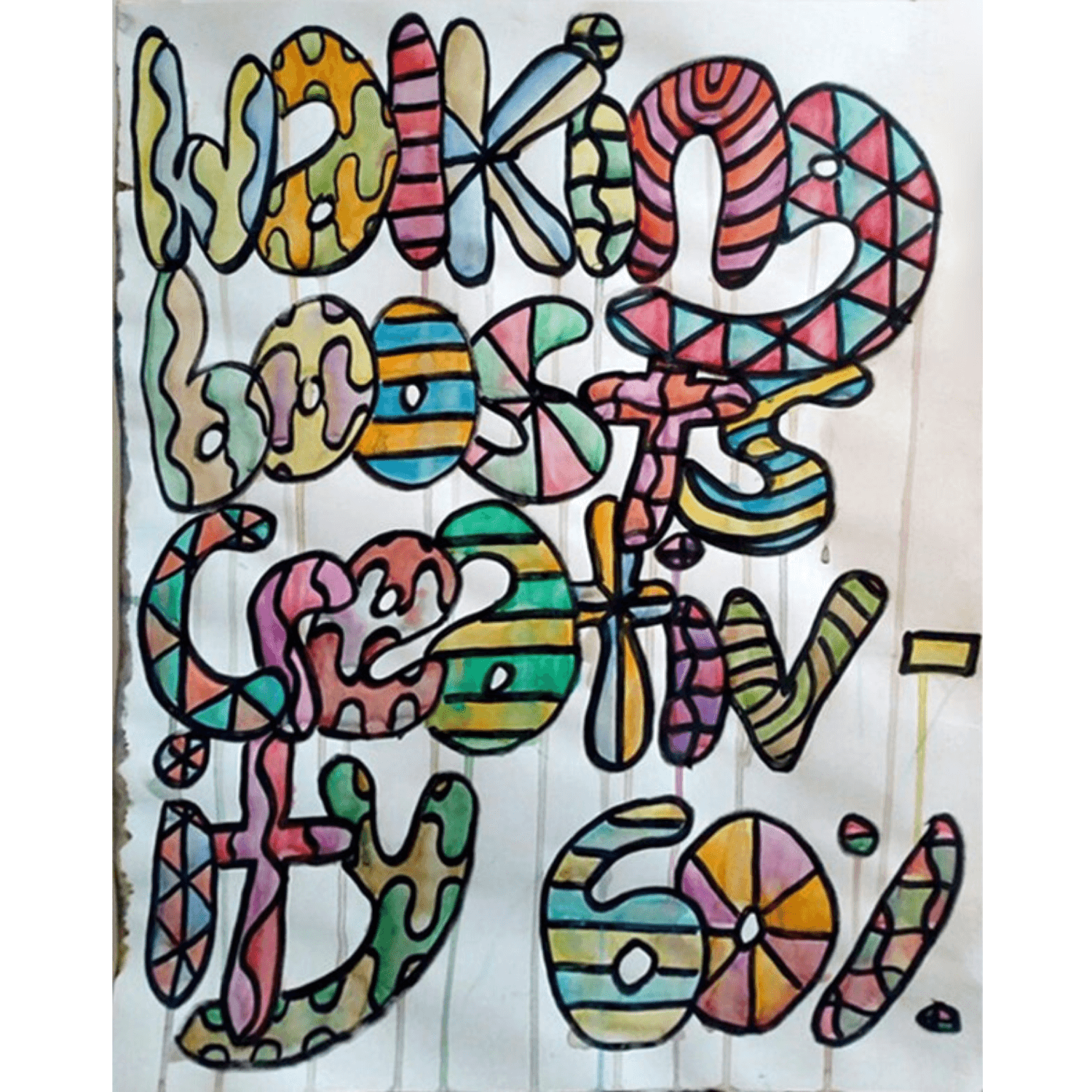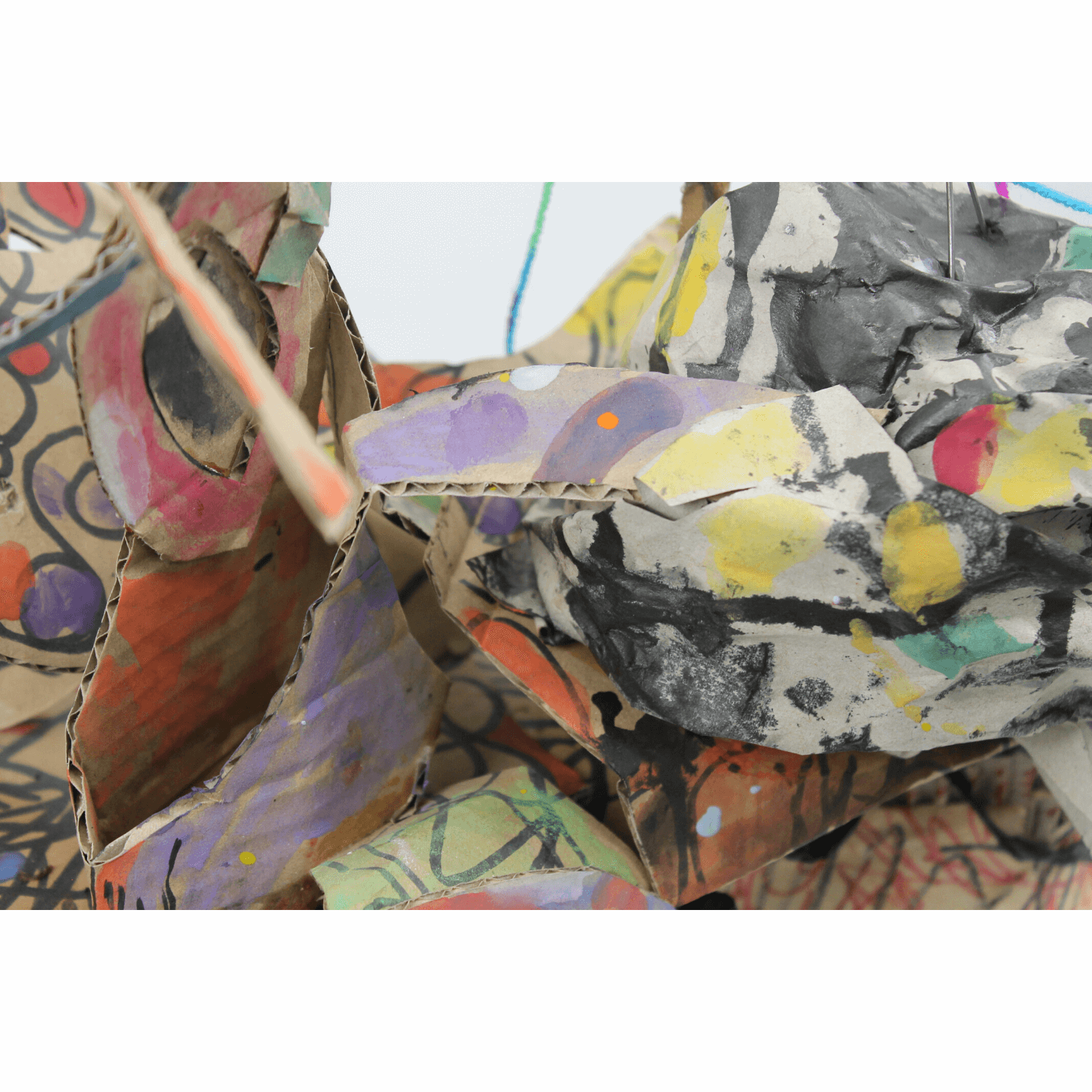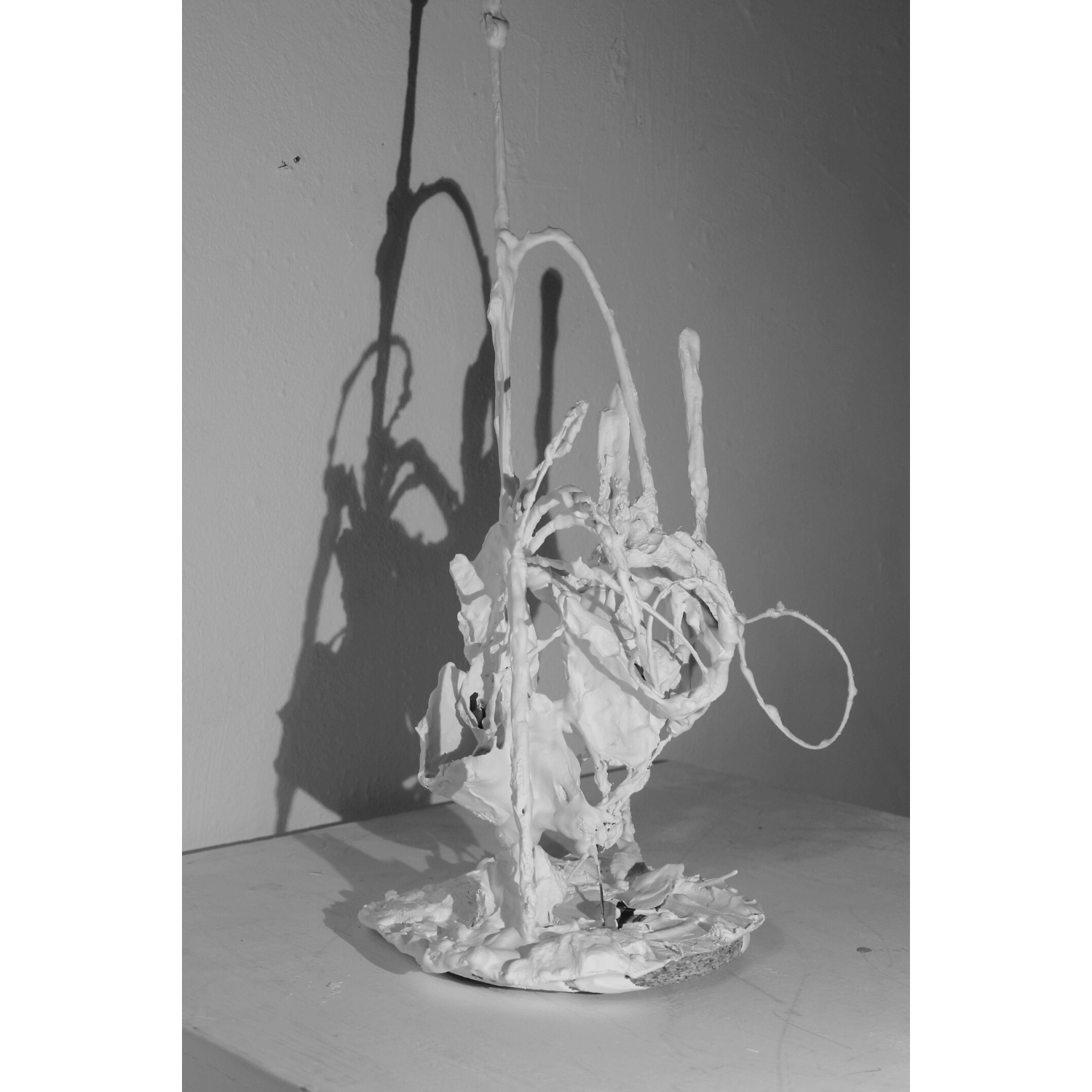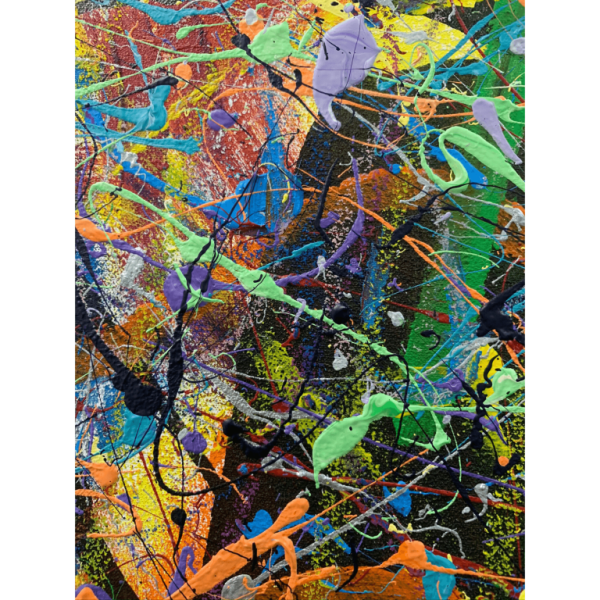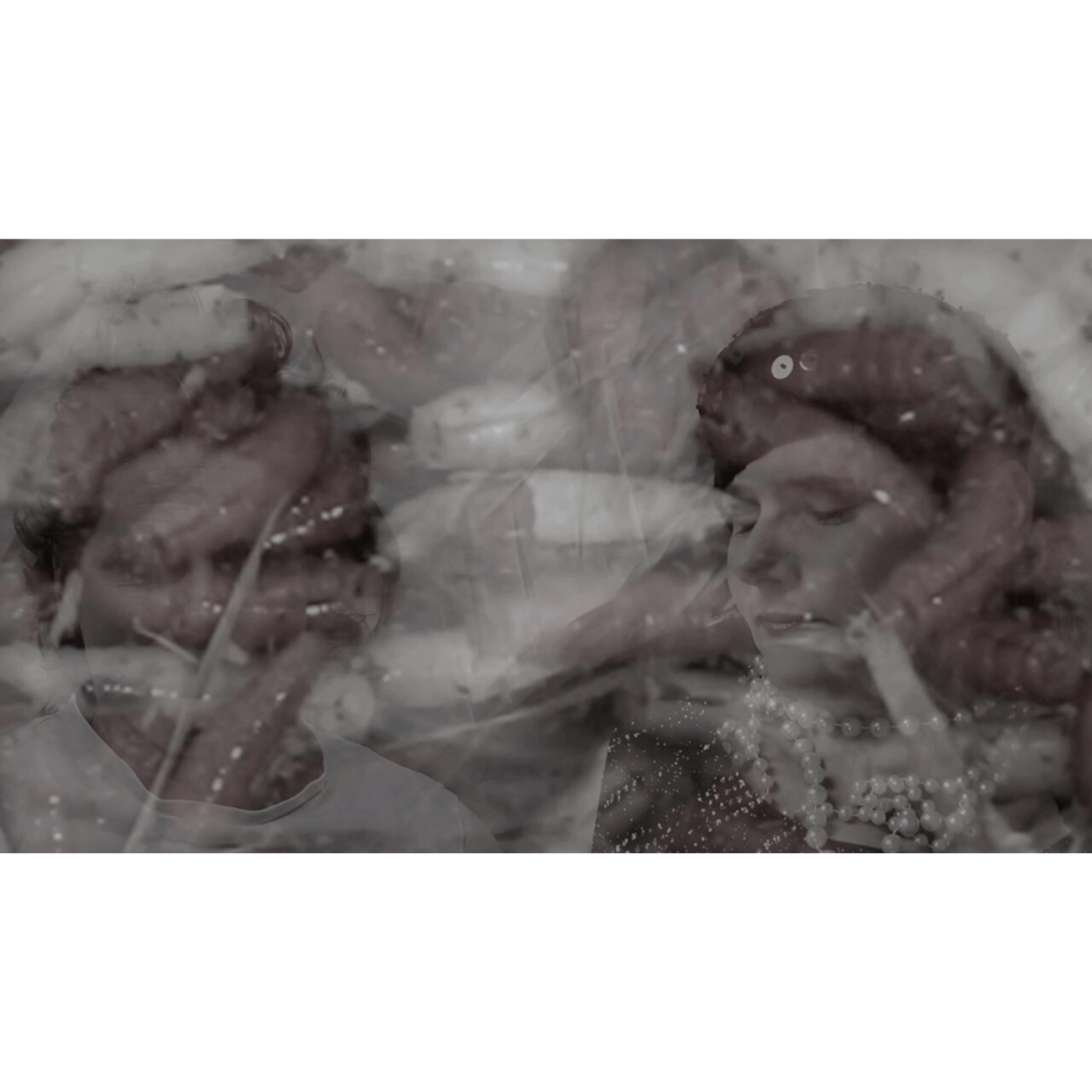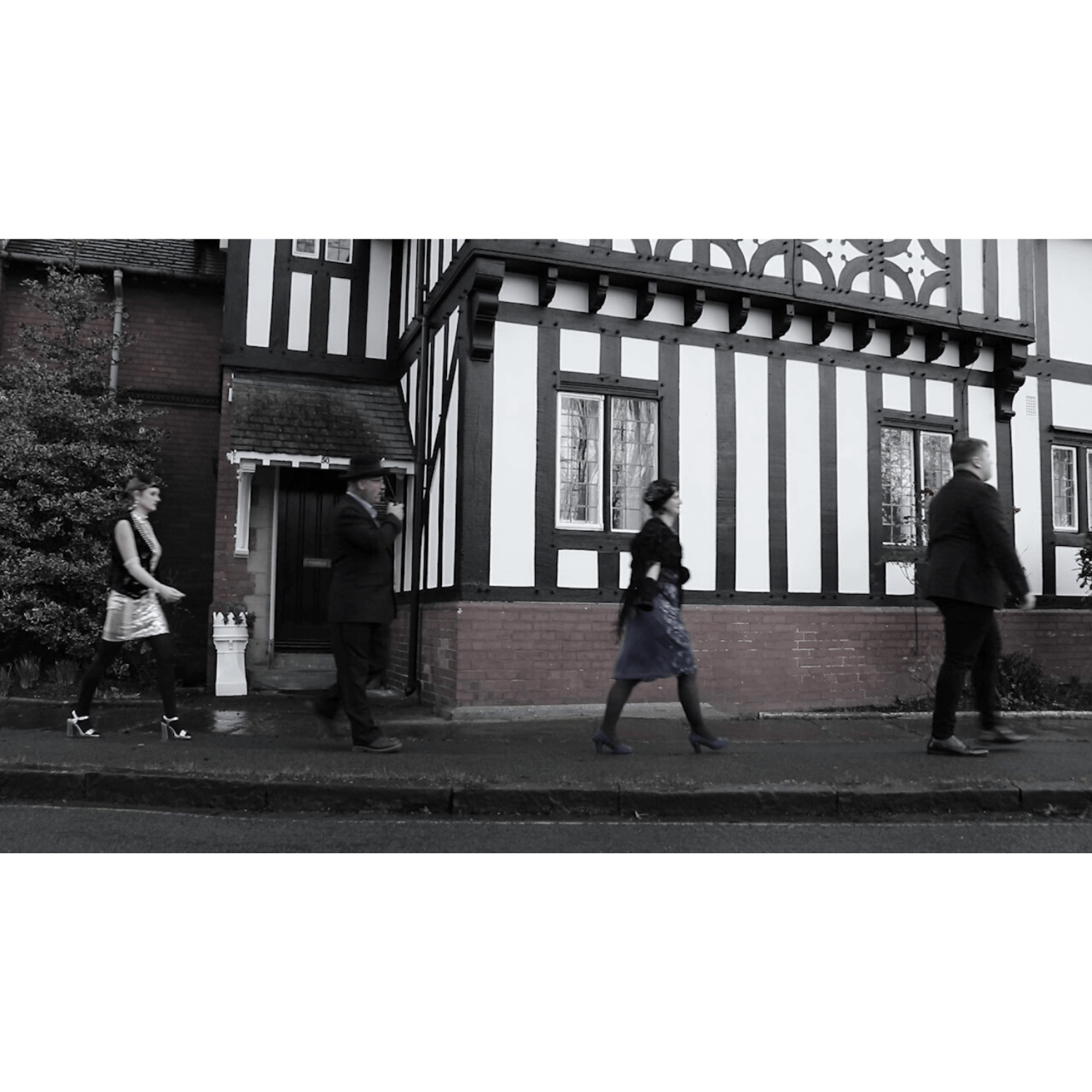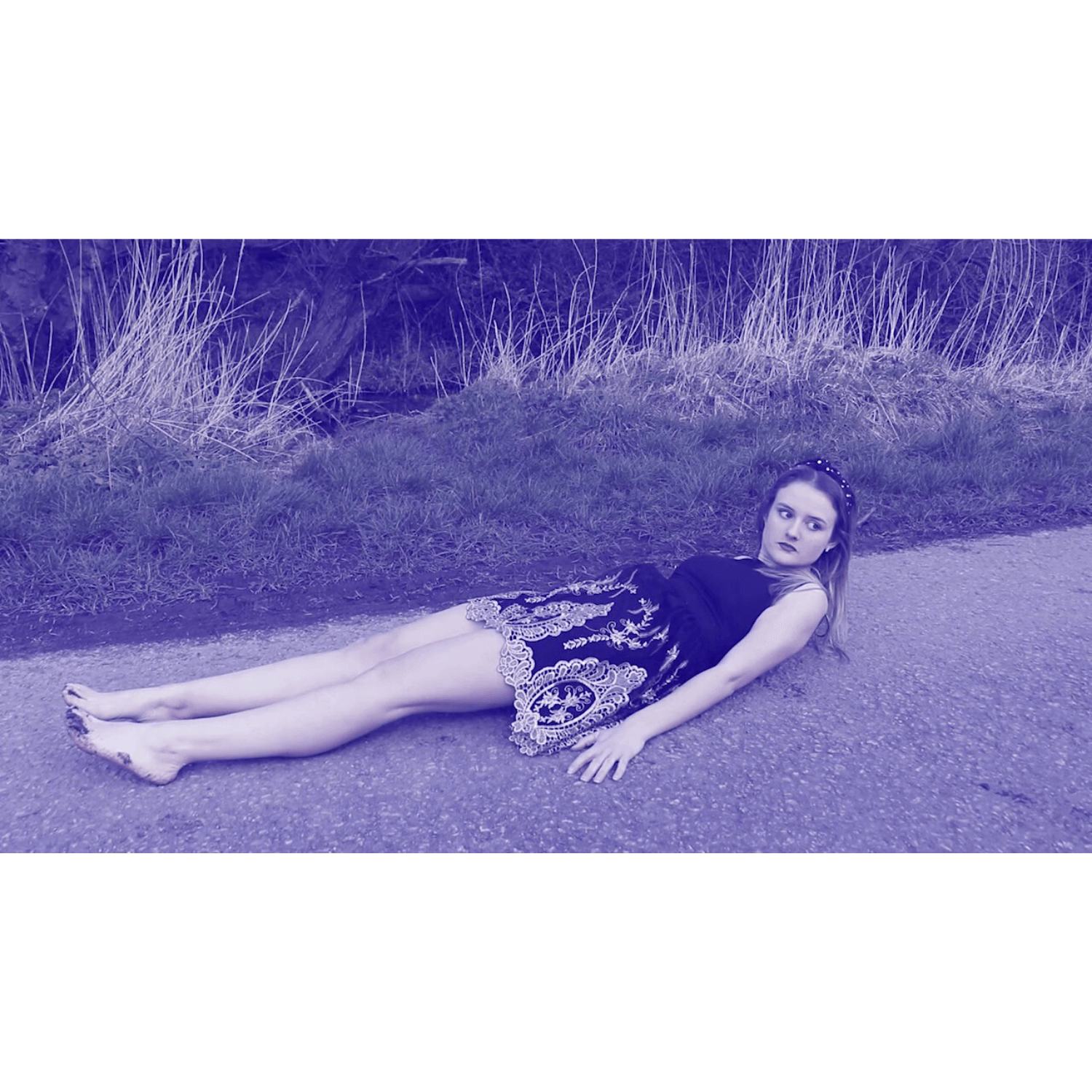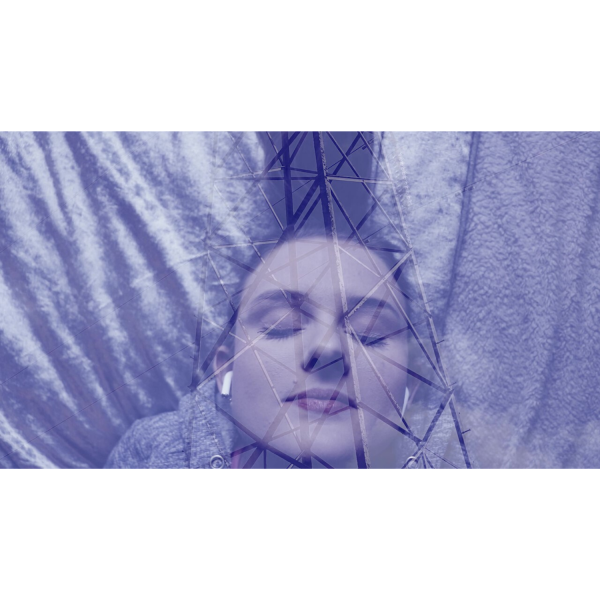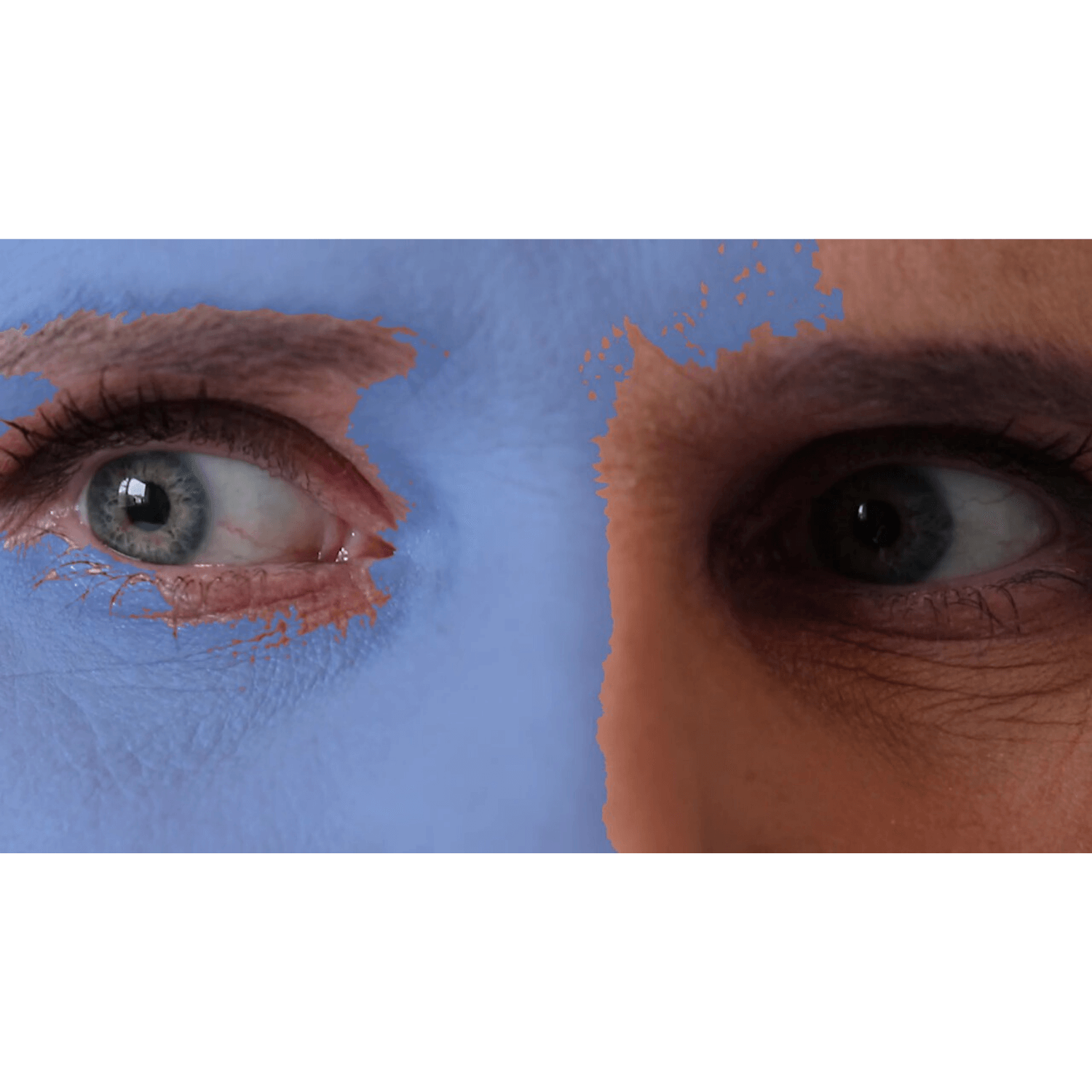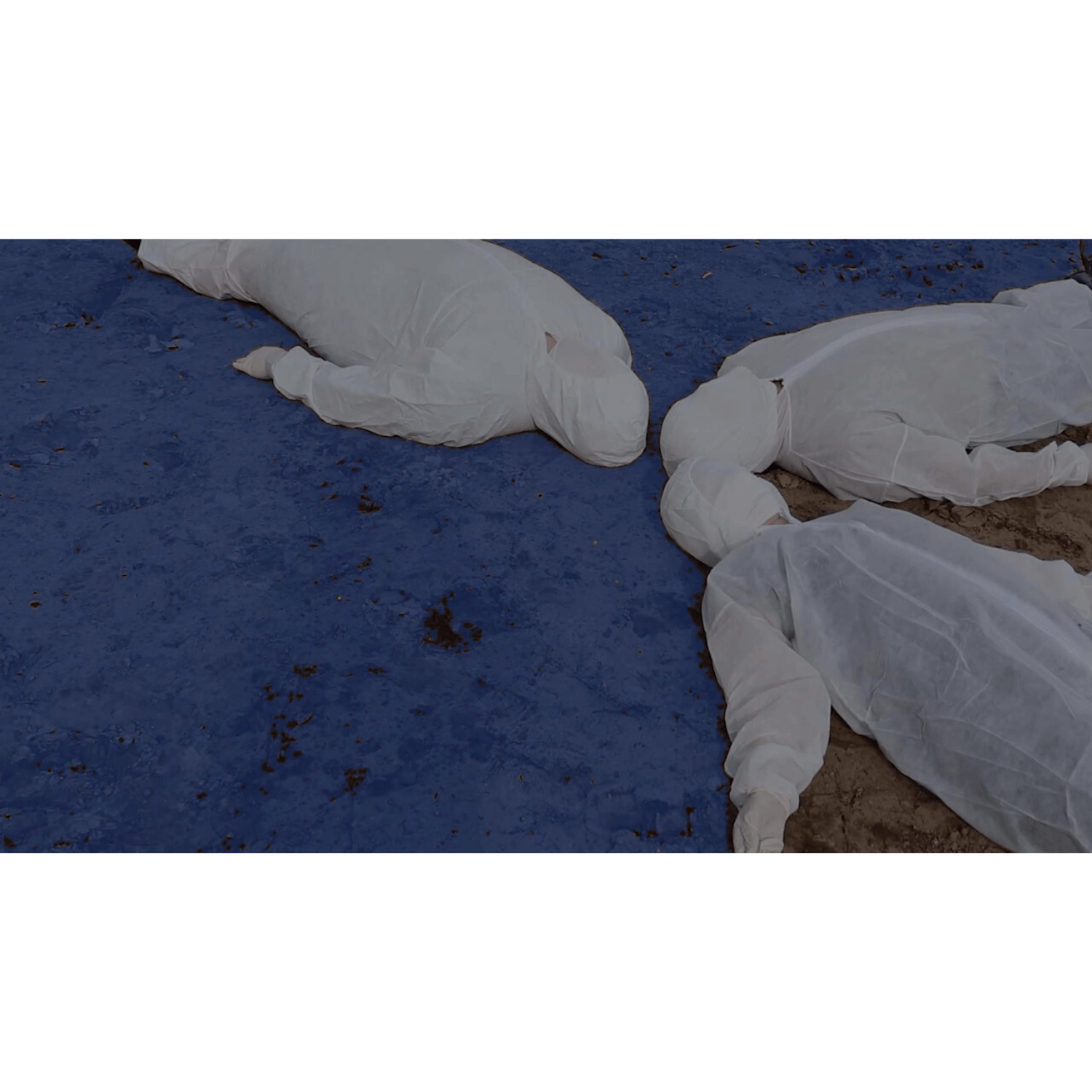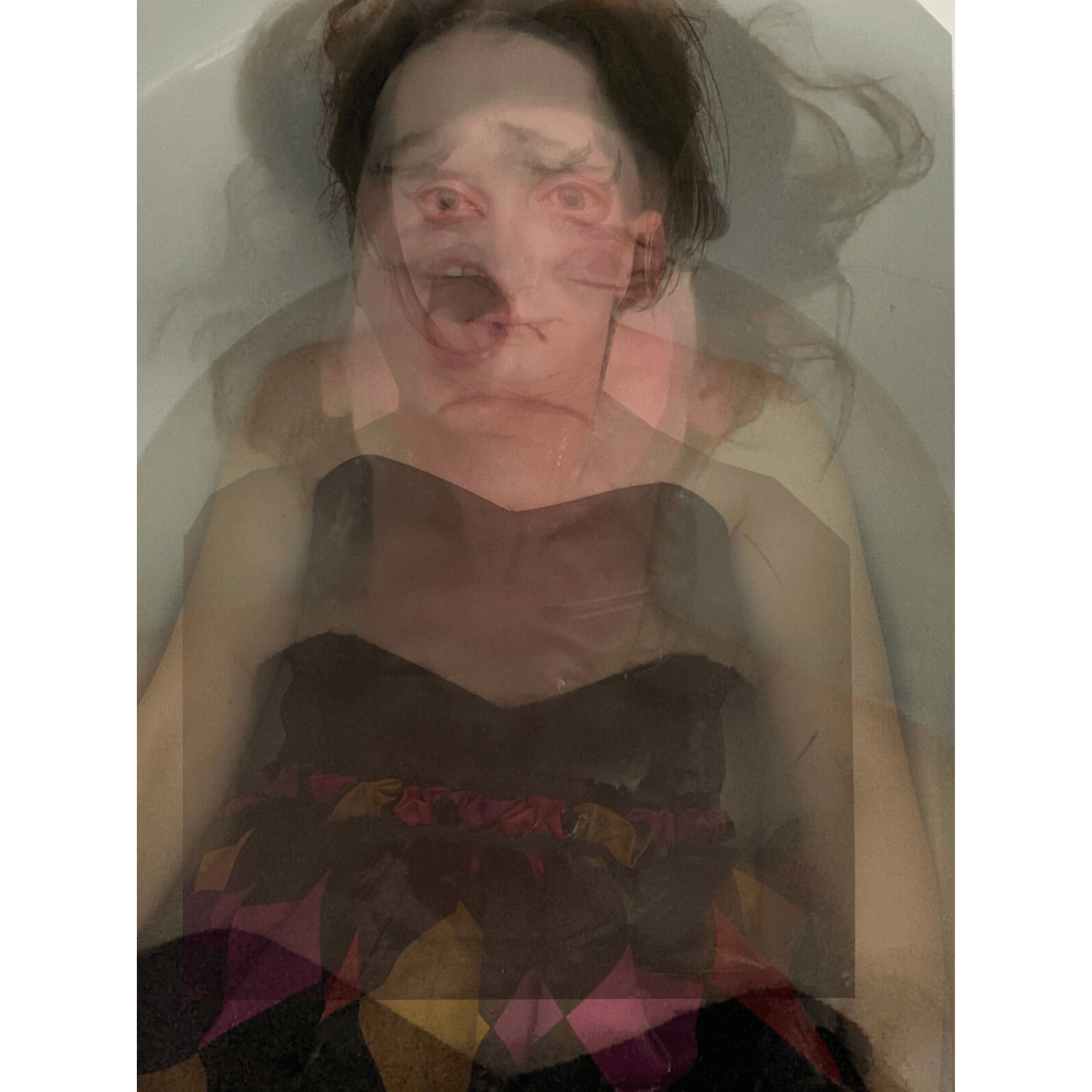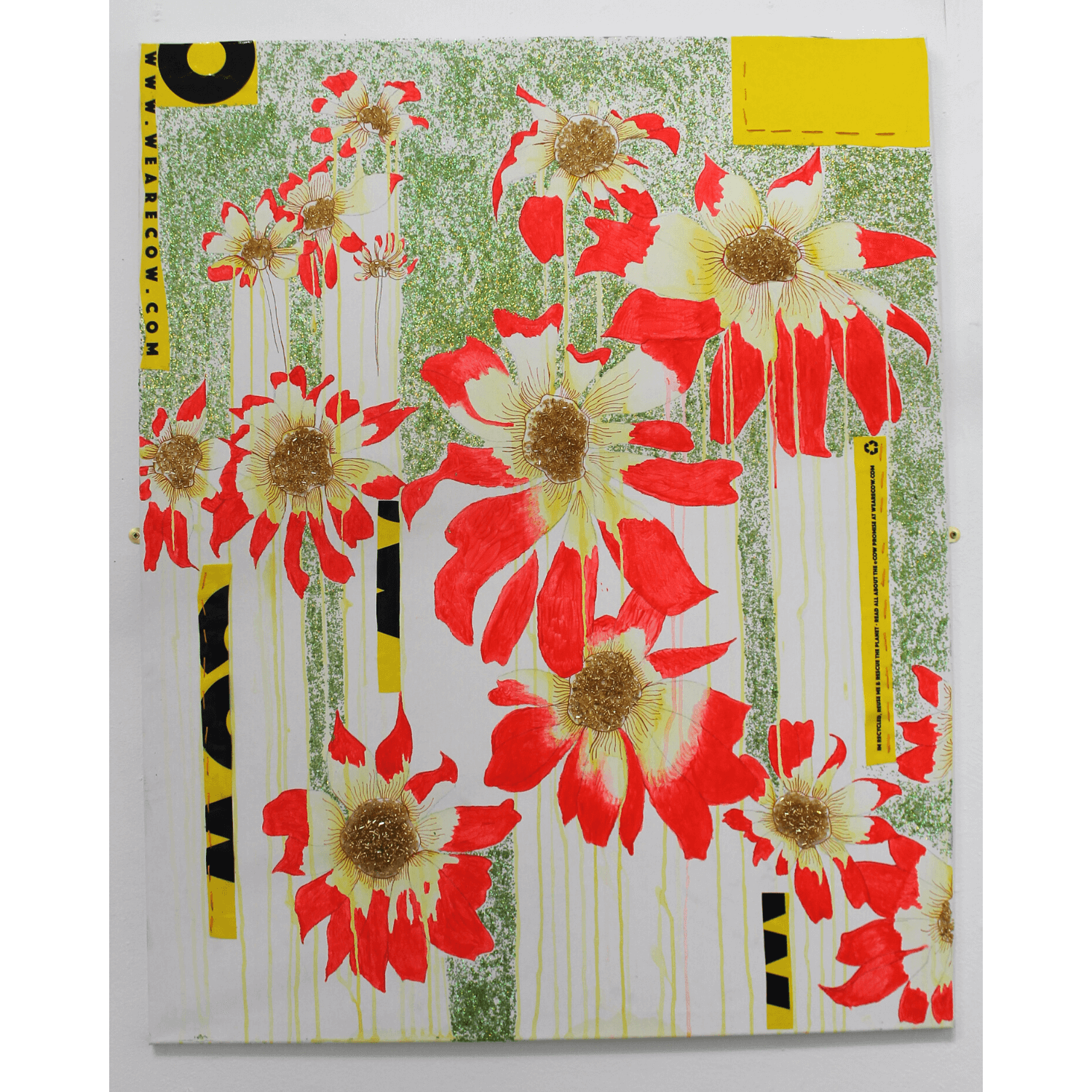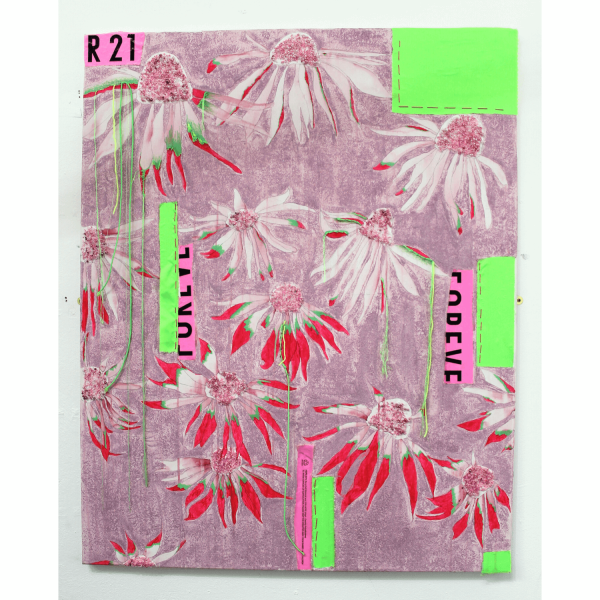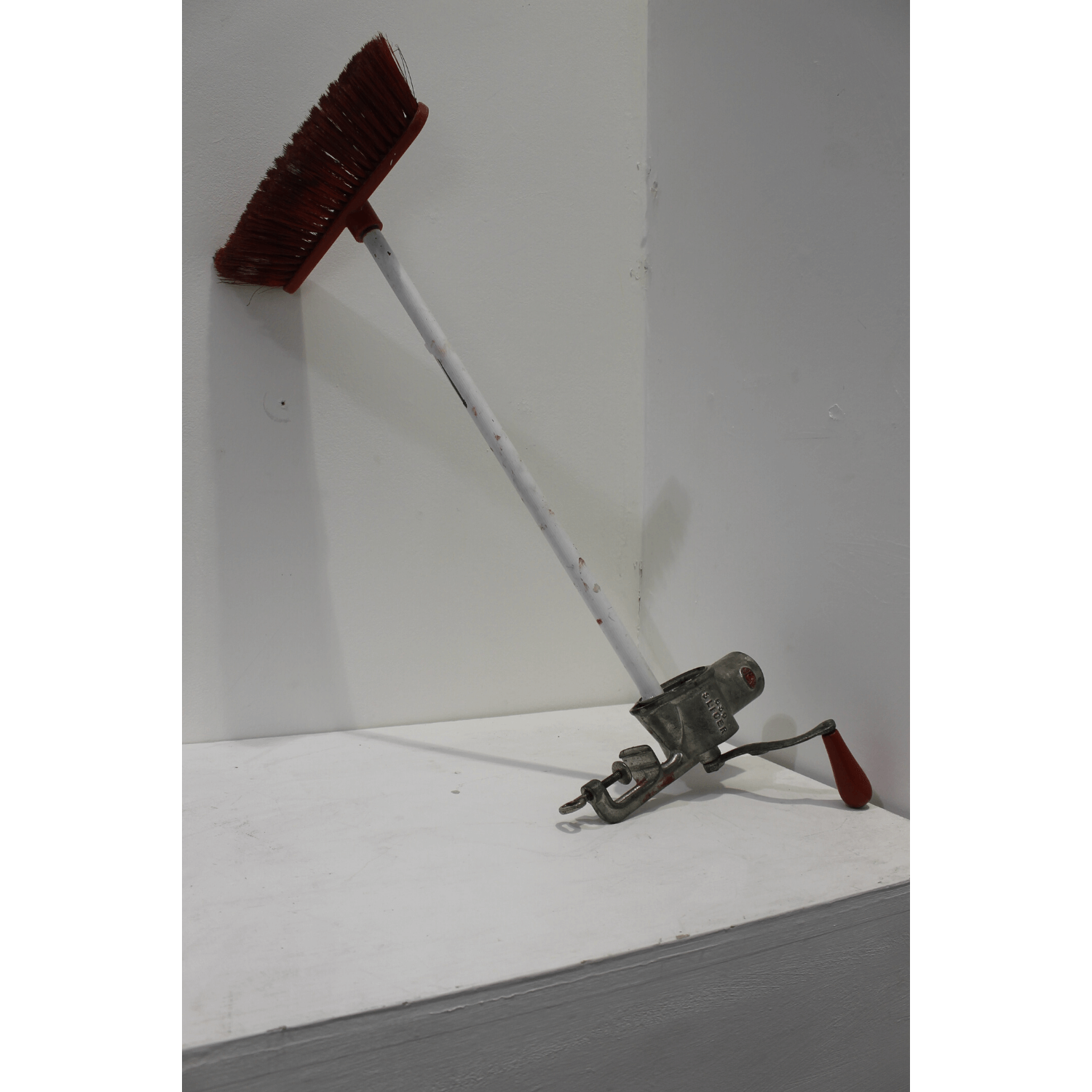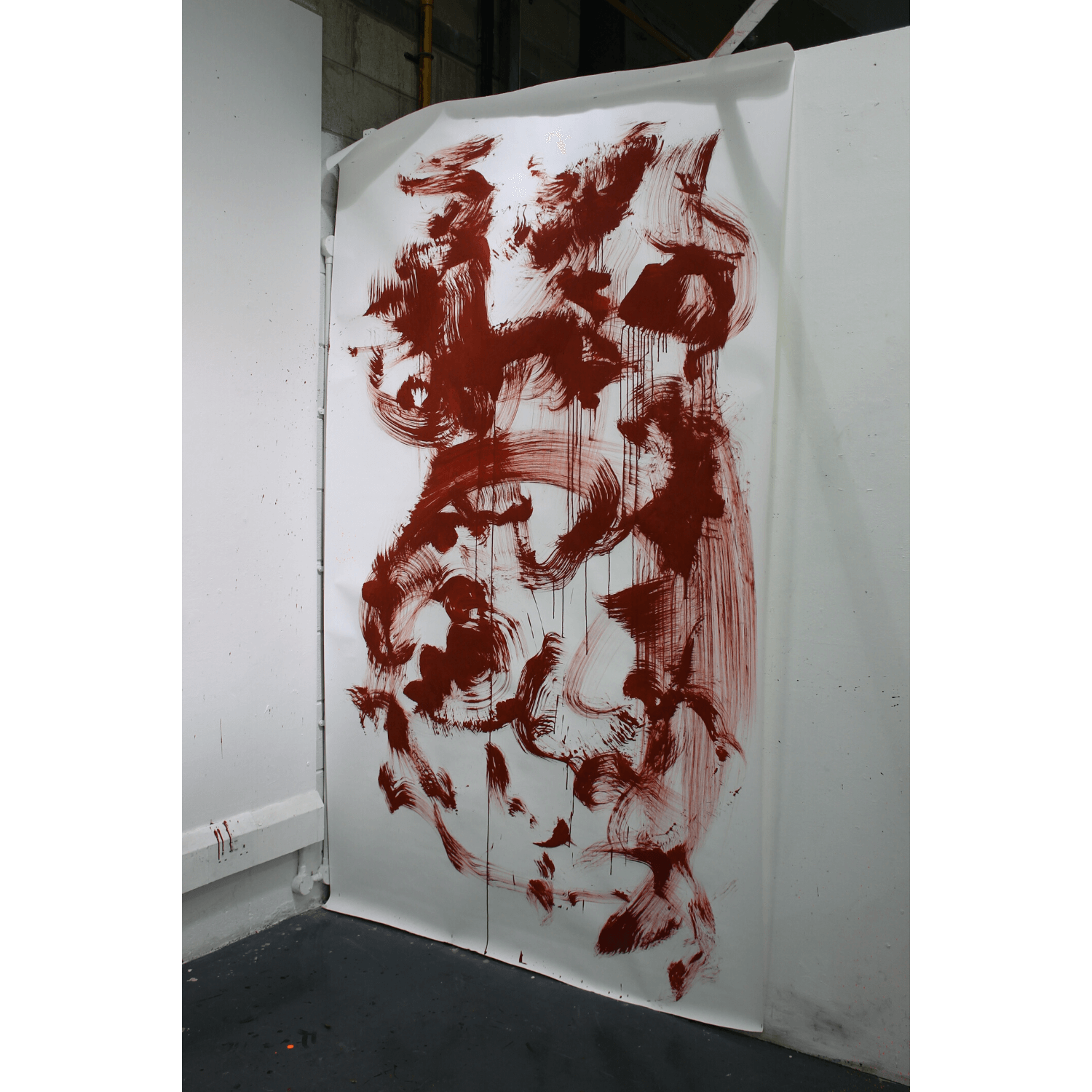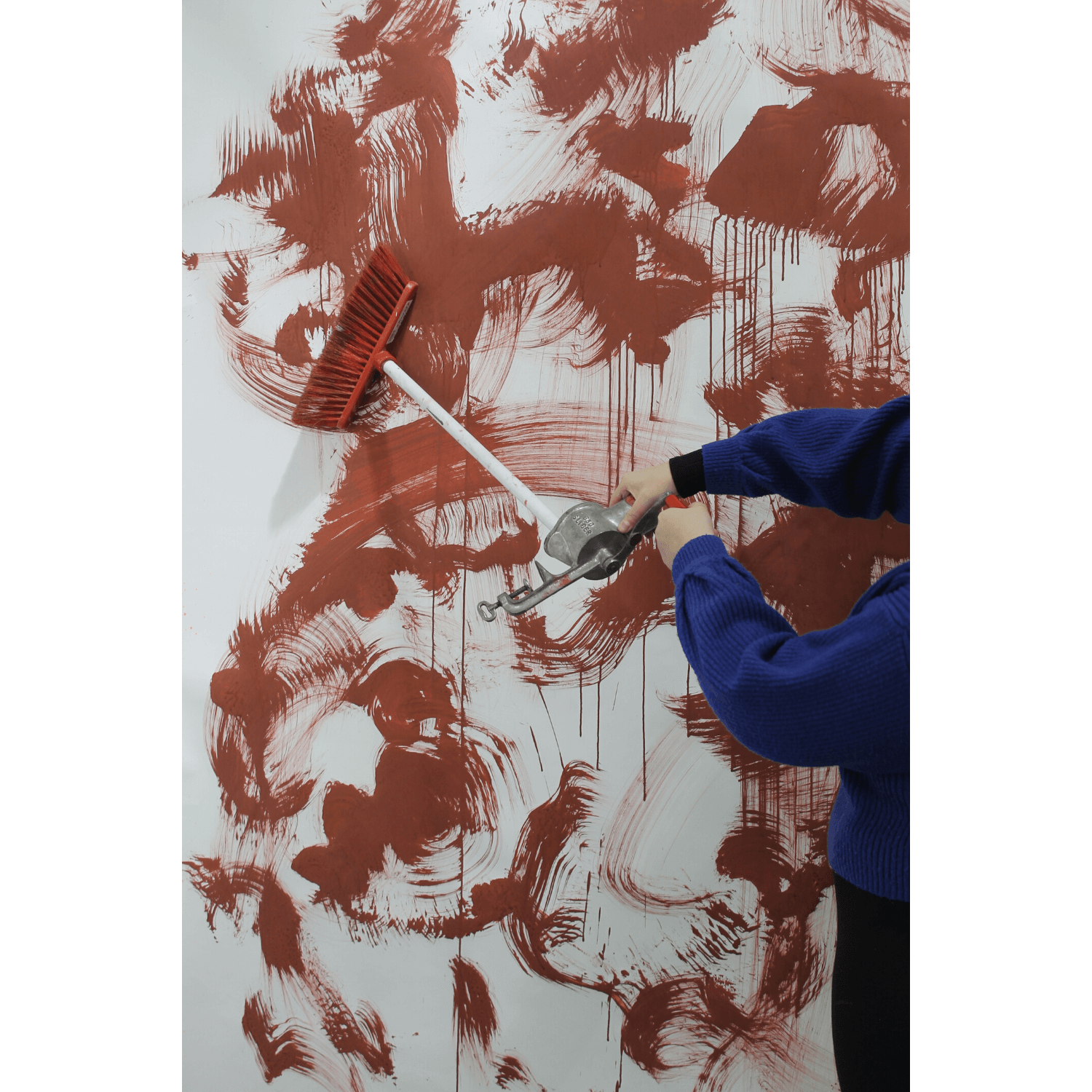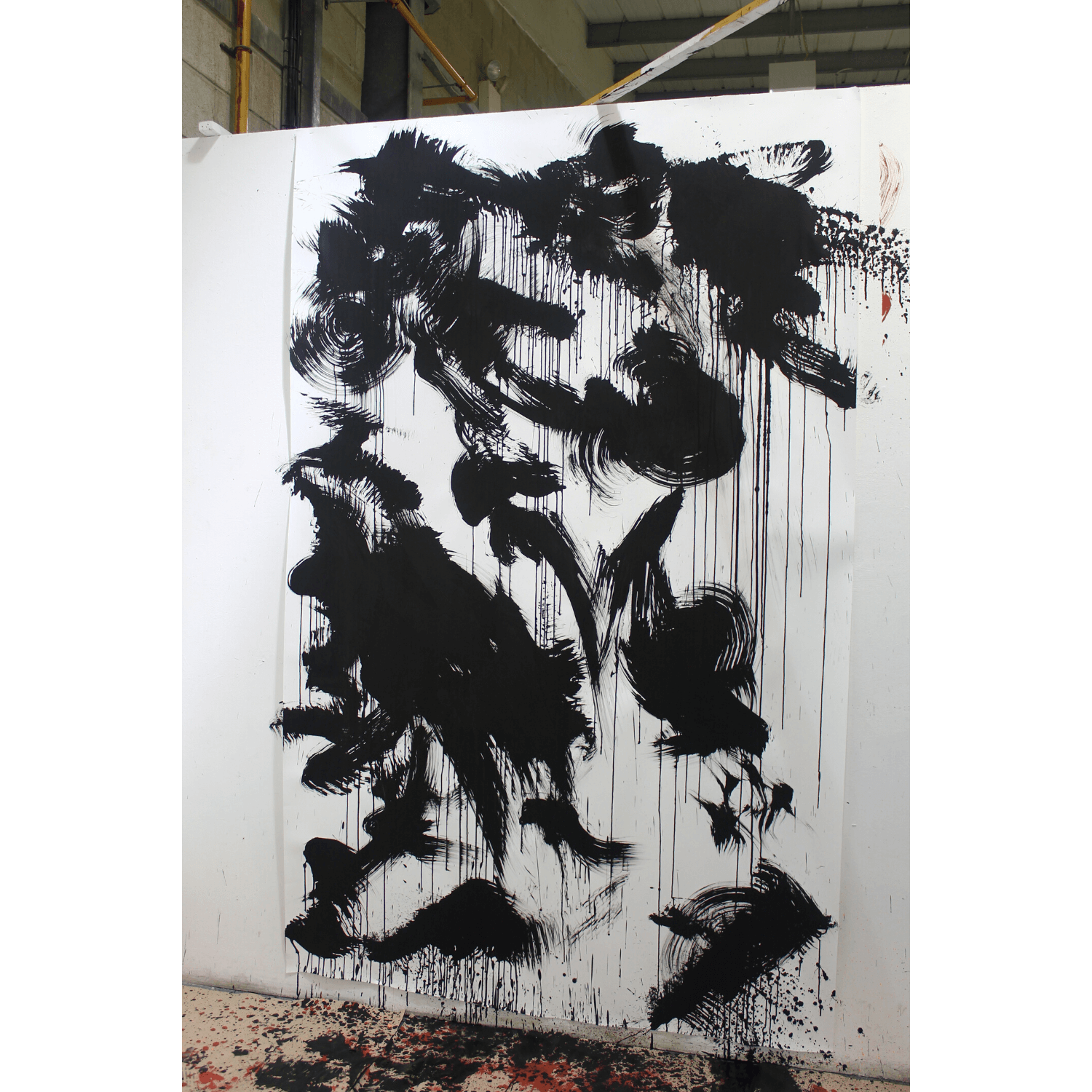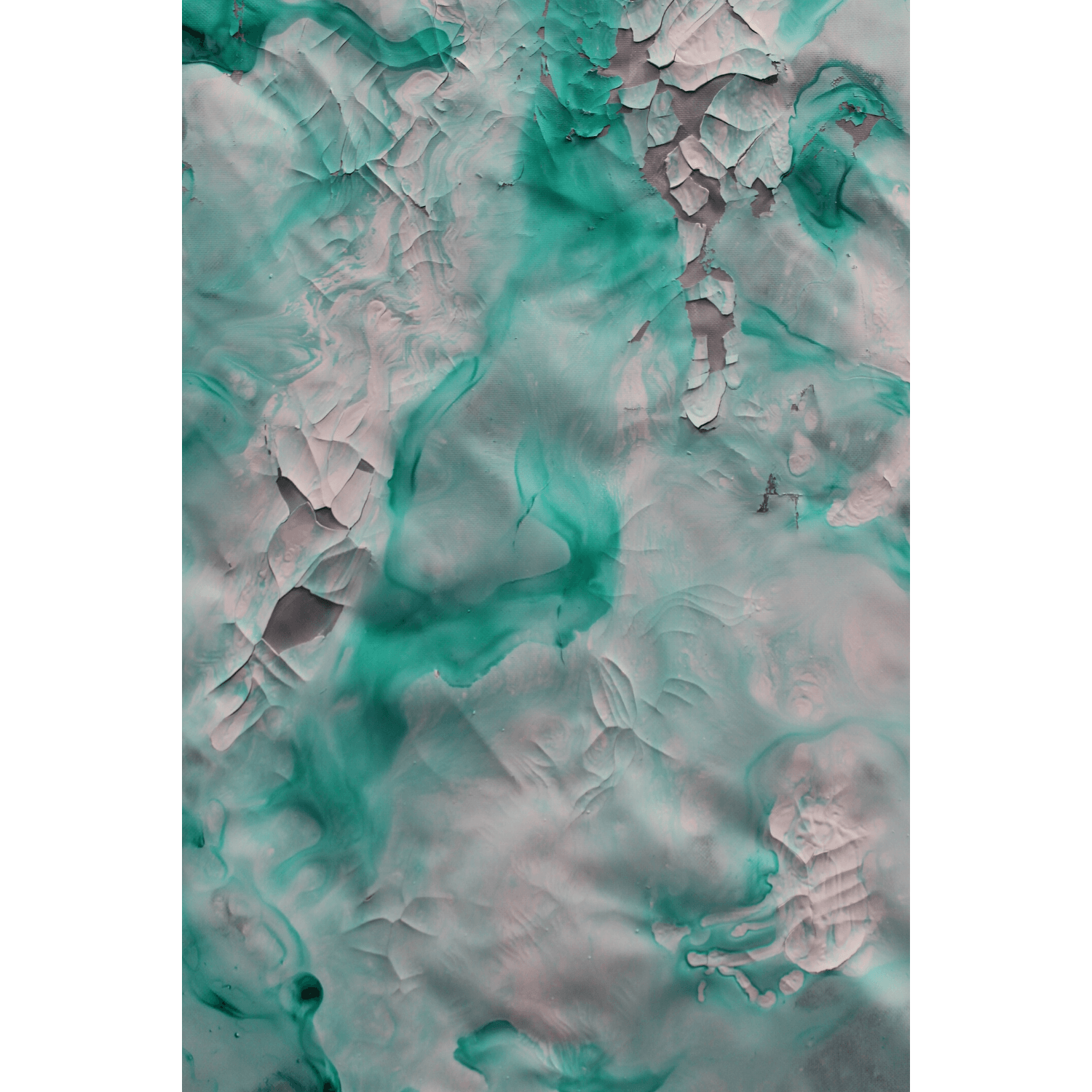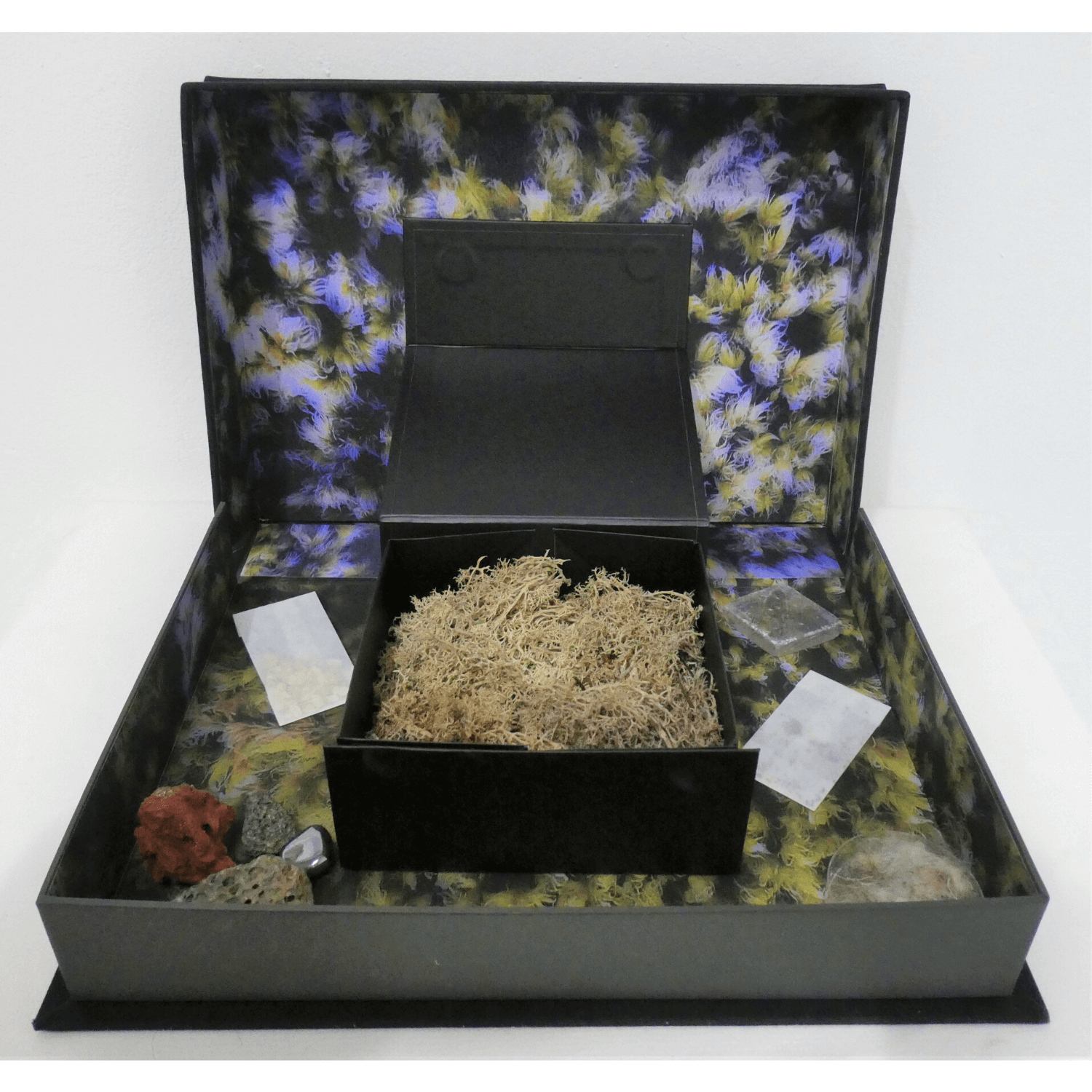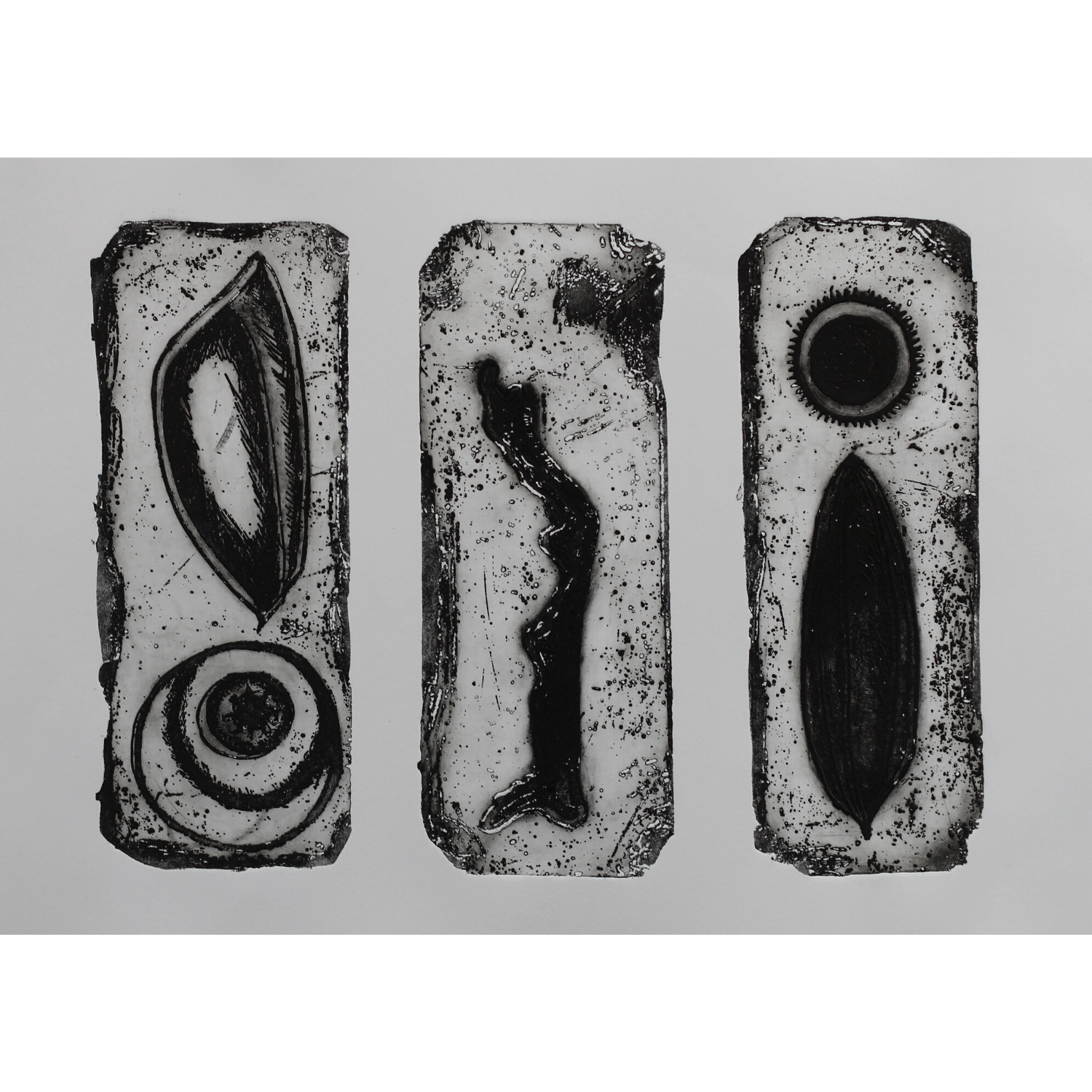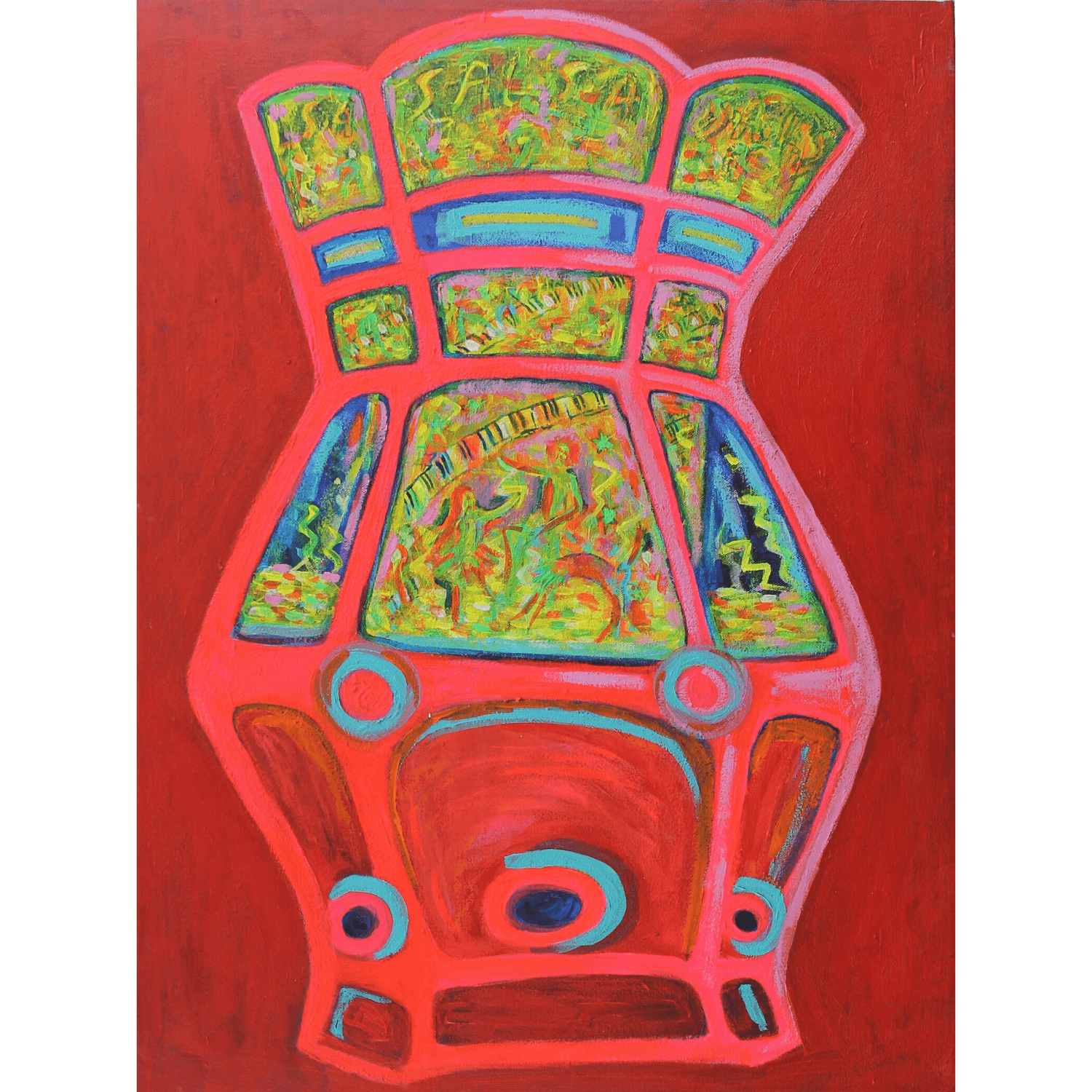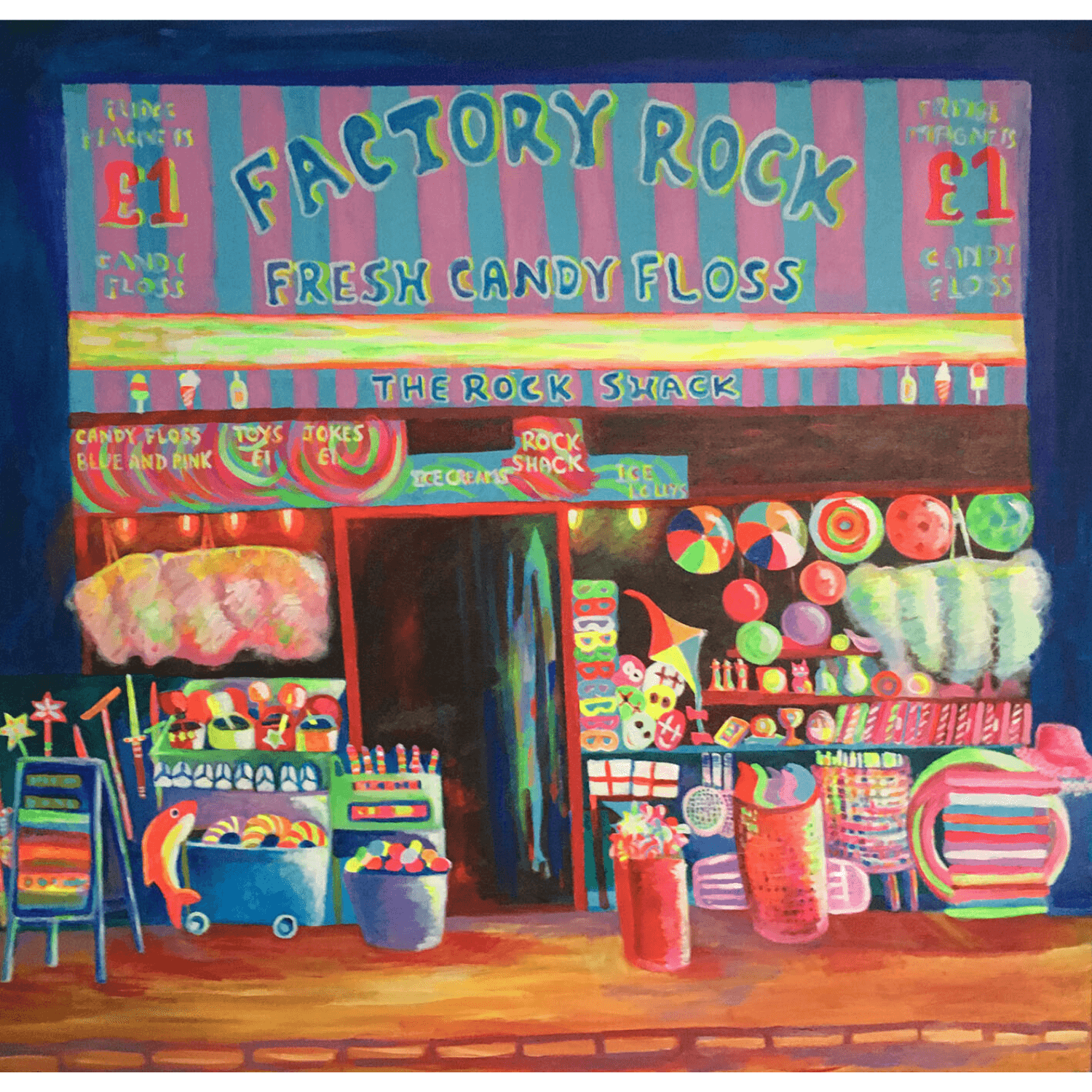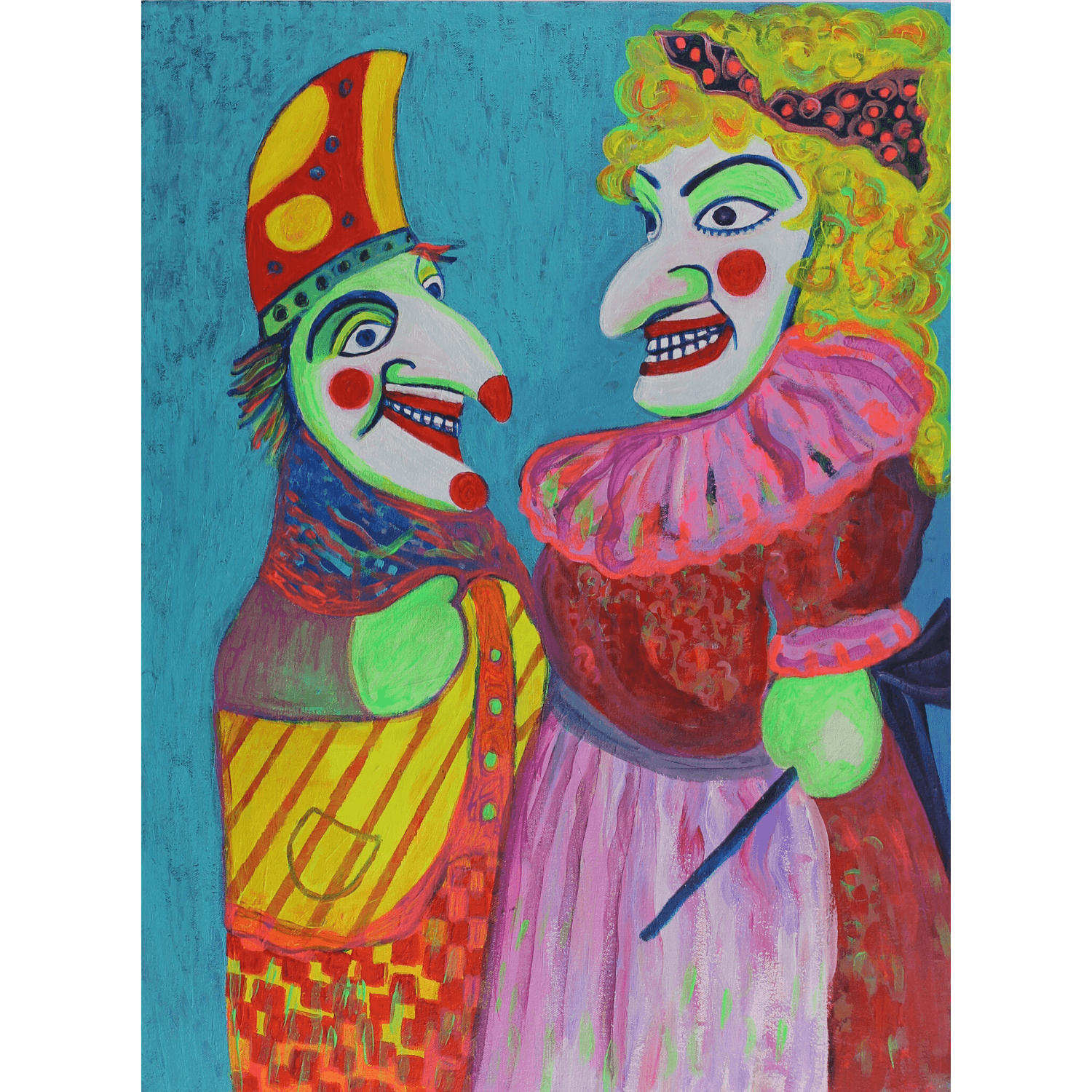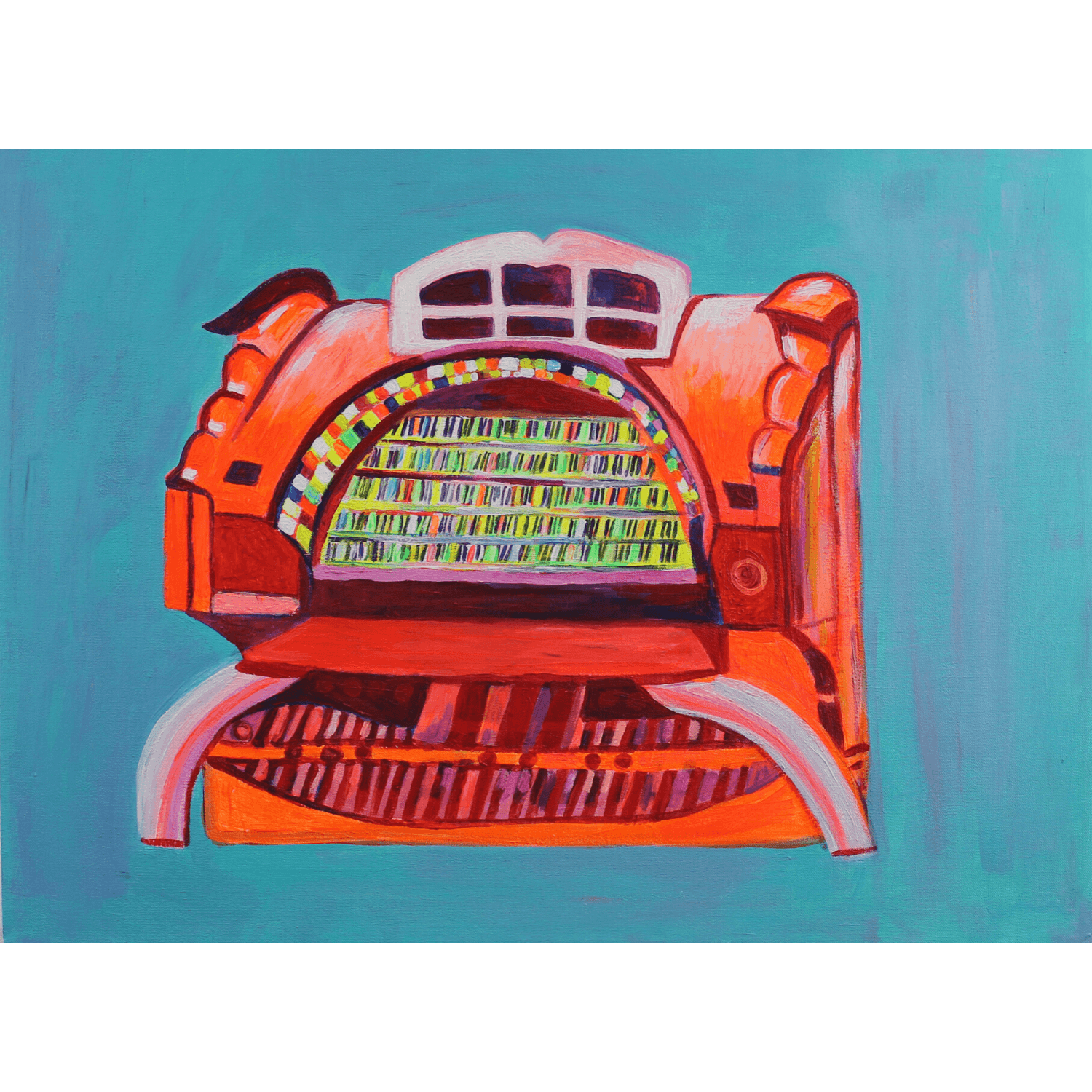As we settle in to social distancing and the temporary closure of our favourite public places, we are delighted to bring you our 25th annual BA (Hons) Fine Art Exhibition, Diverse Directions (online)!
The exhibition that was due to be hosted at the prestigious Williamson Art Gallery and Museum in May 2020, has been adapted into a digital display and presents the fantastic work that our final year students have produced during their time on the BA (Hons) Fine Art course.
The title of the exhibition, ‘Diverse Directions’, is a development of the students’ second year professional gallery practice exhibition, ‘A Diverse Collective’. Whilst the gallery practice celebrated the students’ commitment and co-operation as an undergraduate group, this exhibition marks the start of their independent careers as professional artists.
This exhibition (which we’re sure you’ll agree, is brilliant) explores themes such as nature, landscape, social values, identity, technology and human behaviour, alongside visual and poetic responses to the world around us.
A culmination of three and sometimes six years of study, Diverse Directions celebrates the effort of its students, their families and friends that have supported them through the demands of undergraduate study.
Vincent Lavell, BA (Hons) Fine Art Course Leader at Wirral Met said: “the graduating students featured in Diverse Directions have responded to current restrictions with flair and imagination. By continuing to work online during this period, they have demonstrated true professionalism and determination. We hope that these qualities will sustain them in their future careers.”
Preview the exhibition below or download the catalogue today.
Diverse Directions
-
Claire Rice
“Our lives begin to end the day we become silent about things that matter" – Dr Martin Luther King Jr.
Claire is an exhibiting artist who works under the pseudonym Moon Quaker Artist.
Believing in the power of the word, Claire uses narrative to encourage social change for cultural preservation. To achieve this, she marries textual painting with web-based publishing.
With no intention of getting a ‘proper job’, Claire also exhibits and performs in partnership with the Not Just Collective.
-
Helon Conning
“To make people free is the aim of art, therefore art for me is the science of freedom” – Joseph Beuys
With an aim to encourage a ‘do-it-yourself’ mind set to enhance our innate, instinctive and improvisational creative powers to self-heal and problem solve, Helon Conning says “the fact that human beings can create something, from nothing, using anything, is an amazing reality of life” “creativity is transformative and can enable our minds to be clear and open to new and insightful perceptions and glimpses of reality”.
With a resistance to any preconceptions of outcome, Helon uses pure process, trusting in the impulsive action of automatism, to create a sense of freedom and embodiment of self in her work. When describing her process, Helon says that “you will find a sense of play and presence within my instinctive creative drive, that interacts with the chosen material’s natural dynamics”.
By exploring all aspects of two and three dimensional processes such as line, form, repetition, colour intensity and movement, Helon hopes to create connections that allow people to access their own associations and creativity.
"Life is Art - We are the Art - We are the Artists. As we follow our imaginations and trusting our initiative actions as we participate, collaborate and create together in our human world." - Helon Conning
-
Laura Jones
Laura is interested in the psychological conditions that affect humans’ behaviour, in particular the neuroscience of sleep. She aims to direct the viewer’s attention to the brain’s nocturnal activity through her work, with a focus on dreams, consciousness, brain studies, mental health and physical data.
The Nocturnal Brain (2019) by Dr Leschziner and Why We Sleep (2017) by Mathew Walker are both sources for Laura’s theoretical ideas behind neuroscience and exploration of the neurological disorders effected by sleep; whilst Sigmund Freud influenced her conceptual views, in particular his General Introduction to Psychoanalysis (1917).
Laura uses filmmaking as her main medium because she enjoys questioning neuroscience through film as it gives her “the tools to make complex, immersive narratives that direct the viewers focus back to their own beliefs”.
Through her theoretical exploration of neuroscience and physiology, Laura wants to demonstrate how human behaviours reflect Maslow’s Hierarchy of Needs (1954). Laura took inspiration for her films from Tony Oursler and Marianna Simnett, who both use immersive technology and film to create psychological effects.
-
Lauren Pugh
“There is no such thing as nature anymore. It’s all culture now. Every landscape you see is a manipulated landscape, every flower has been genetically modified through breeding to be like it is.” – Marc Quinn
In her work, Lauren explores the ways in which flowers and nature are represented in contemporary culture. The flowers in her paintings are exaggerated to the point of artificiality.
Lauren says she is “interested in the way plants and flowers are thought of as being very ‘natural’ but are actually cultivated and manipulated to enhance particular features”. By manipulating and distorting images of plants and flowers digitally, Lauren is commenting on how nature is being artificially constructed to suit our needs. It is a future vision of genetically evolved plants, in response to the threat of climate change.
Using photographs as the basis of her paintings, Lauren then digitally exaggerates and emphasises them with form and colour before transferring these enhanced images onto canvas.
-
Phoebe Joy Weaver
“In our time, things race and revolve automatically; industry and automation dominate us and impose a rhythm on us. Faced with that kind of thing, my work must move to remain vital, to avoid obsolescence” – Jean Tinguley
Phoebe’s artistic practice makes visible the theoretical, through an ongoing investigation into the relationship between human and machine. Through the ever-growing possibilities of technological advancement, humans have replaced natural forms of task completion with increasingly technological solutions.
Using technologies labelled ‘Drawing Machines’, Phoebe distances herself both physically and metaphorically from the product – the drawing. Phoebe says that she "portrays the process as a whole, to be observed as a living example of struggle between human and machine". Her work contains a satirical narrative that questions the value and identity of the artist.
Phoebe ponders the question “was it the machine who created the art, or myself?”.
-
Sally Weaver
Sally Weaver’s projects are based on nature and the environment. Her work is developed within a consistent and conceptual discipline and offers viewers an immersive experience of a unique and natural ‘place’.
Her objective is to create work within which the intrinsic qualities and essence of a natural environment can be experienced.
Exploring the natural environment, Sally uses a methodology dubbed ‘Deep Mapping’ to research all that makes an environment unique. Research data, found objects and photography are employed, to support the creation of site specific installation, painting and print work. Her methods, process and materials all being determined by this research.
Sally says that her painting methods and processes “create ephemeral, abstract works that develop and respond to the inherent qualities of paint, ink and other media”. Carefully choosing the surfaces and materials she uses, Sally says these are often “site specific in order to fully embody my thoughts and ideas”.
-
Suzy Chappell
Suzy is interested in British culture and class structure, which she believes still to be a “touchy subject”. Feeling an affection for the vitality of lowbrow culture, in which she sees humour, pathos and camaraderie in the face of hard lived lives.
Suzy says “at a time in which the high street is struggling, I have been looking at shops. Those that seem to survive here have a kitsch ‘feel good’ quality. They include charity shops, betting shops, and glamour bars among others. They provide cheap entertainment that can provide a hub in the community, and the promise of a little bit of comfort, glamour or fun.”
Inspired by the work Edward Hopper, Wayne Thiebaud and Martin Parr, Suzy loves to find the strange in the ordinary.
Her process includes taking photographs and transforming them digitally, before painting colourful and expressive pieces. Expressing a love for the “jewel-like quality of acrylic colour”, Suzy deems her ‘impulsive by nature’ attitude means that she often paints quickly, taking risks as she explores the mysteries of human existence.
Validated by the University of Chester, the BA (Hons) Fine Art degree at Wirral Met College boasts small class sizes and outstanding support from friendly experienced tutors. Students can gain valuable knowledge of modern and contemporary art in historical and theoretical studies, whilst learning practical skills through a programme of workshops and one-to-one tutorials.
Whether you are a young aspiring artist, or are interested in a career change, the flexible course at Wirral Met will allow you to gain a degree across 3 days per week. Applications are now open for a September start. Learn more and apply online today.
Donations
The Clatterbridge Cancer Centre is our selected College charity for this academic year. Providing pioneering treatments to over 30,000 patients a year across Merseyside and Cheshire, the charity also funds vital research into innovations in cancer treatment. We ask that if you would like to show your appreciation towards the artwork showcased in our online exhibition and are able to make a donation, please visit our JustGiving page today to support this truly amazing cause.
